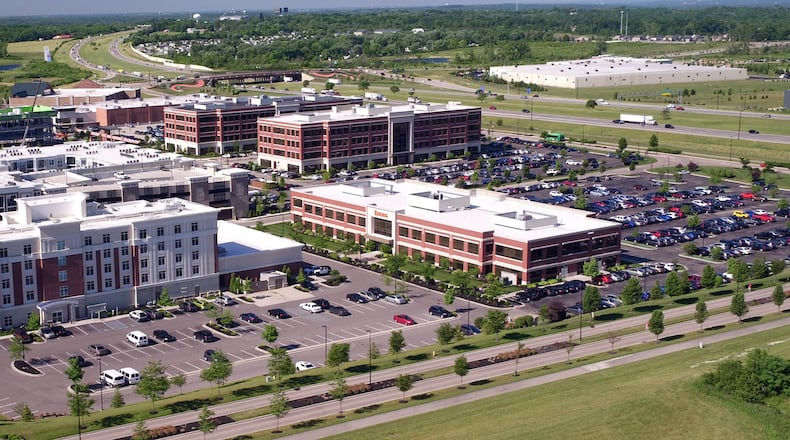“Maybe there will be a single MSA in the next Census,” Stanley said Thursday at the Miami Twp. branch library. “If not, it will happen in the near future.”
MORE: Dayton residents' lawsuit against Behr, Chrysler goes forward
The idea has been discussed for years and was a driving force in the creation of the Austin Boulevard-Interstate 75 interchange in the past decade, Stanley said. Between Austin Landing and Cincinnati’s northern edges are only about 20 miles.
Such a MSA redefinition would “probably” be a good thing for Dayton, Stanley said. A newly created Dayton-Cincinnati MSA would consist of about 3 million people, slightly larger than the Tampa-St. Petersburg MSA in Florida.
NEW DETAILS: Consumer products company, Walmart sign big local leases
A new Dayton-Cincinnati MSA would get more recognition and would rise on population rankings, Stanley told a Small Business Resource Rally audience at the Miami Twp. library branch.
Today, Dayton and Cincinnati are in separate MSAs.
The Dayton MSA consists of more than 800,000 residents in Montgomery, Greene and Miami Counties while the Cincinnati “Ohio-Kentucky-Indiana” MSA has some 2.16 million residents in Butler, Warren, Hamilton, Clermont and Brown counties, with counties in Northern Kentucky and parts of Southeastern Indiana.
The Dayton MSA has a median household income of $51,427 and a poverty rate of 16.1 percent, according to Data USA, a web site that harnesses Census data.
A NEW ROUNDABOUT: Most residents favor new local roundabout
Meanwhile, Cincinnati’s MSA has a median household income of $60,260 and a poverty rate of 12.6 percent.
Doug Harnish, principal of Dayton market analysis firm Market Metrics LLC, noted that the Cincinnati MSA has more executives and more highly paid professional athletes.
In fact, the Dayton area has lost much of what was once its corporate presence, Harnish said.
“We have become the ‘GEM city’ because our drivers are government, education and medicine,” he said.
What will drive the Census to bring Dayton and Cincinnati together? Employment, Stanley said. He estimated that maybe some 30 percent of Springboro residents are employed in the Queen City or its northern environs.
“We have an extraordinarily large number of people … who commute to Northern Cincinnati and vice versa,” Stanley said.
Harnish said the Cincinnati area’s growth engine is Warren County.
From 2017 to 2022, Warren is projected to see 9,467 new households — much higher than the 2,362 new households projected for Hamilton County and the 3,276 new households projected for Montgomery County, according to Harnish’s data.
Reporter Eric Schwartzberg contributed to this story.
About the Author

